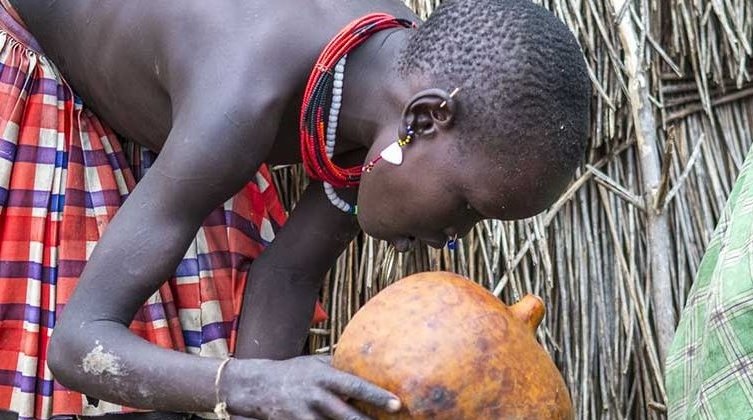What is Guinea worm disease?
Guinea worm disease, also known as dracunculiasis, is nearing eradication. In 2024, two countries reported a total of 15 human cases of the disease’. Five countries – Angola, Chad, Ethiopia, Mali, and South Sudan – remain endemic, while Sudan is currently in the pre-certification stage and Cameroon a certified country is experiencing a cross-border transmission.
Guinea worm disease is a parasitic illness which is caught by drinking water that contains fleas infected with Guinea worm larvae. Once in the body, the larvae reproduce. Over the course of ten to 14 months in the body, female larvae can grow into worms that are over a meter long. Eventually, these worms begin to emerge from the skin through very painful blisters on the legs or feet. This is also accompanied by fever, nausea and vomiting.
Once a worm has emerged from the body, it must be carefully and slowly removed over several weeks. The wound caused often develops a secondary infection which increases the time it takes for an individual to resume normal activities.
If the worm is not removed, it can lead to septicaemia (infection across the whole body) and permanent disability for the person.
Key stats
-
3.5 million
cases in 1985
-
130,000
cases in 2000
-
15
human cases in 2024
Status of Guinea worm disease eradication 2024
Number of human Guinea worm disease cases reported by year
Coalition partners
Carter Centre
A leader in the eradication and elimination of diseases, the Center fights six preventable diseases — Guinea worm, river blindness, trachoma, schistosomiasis, lymphatic filariasis, and malaria in Hispaniola — by using health education and simple, low-cost methods.
